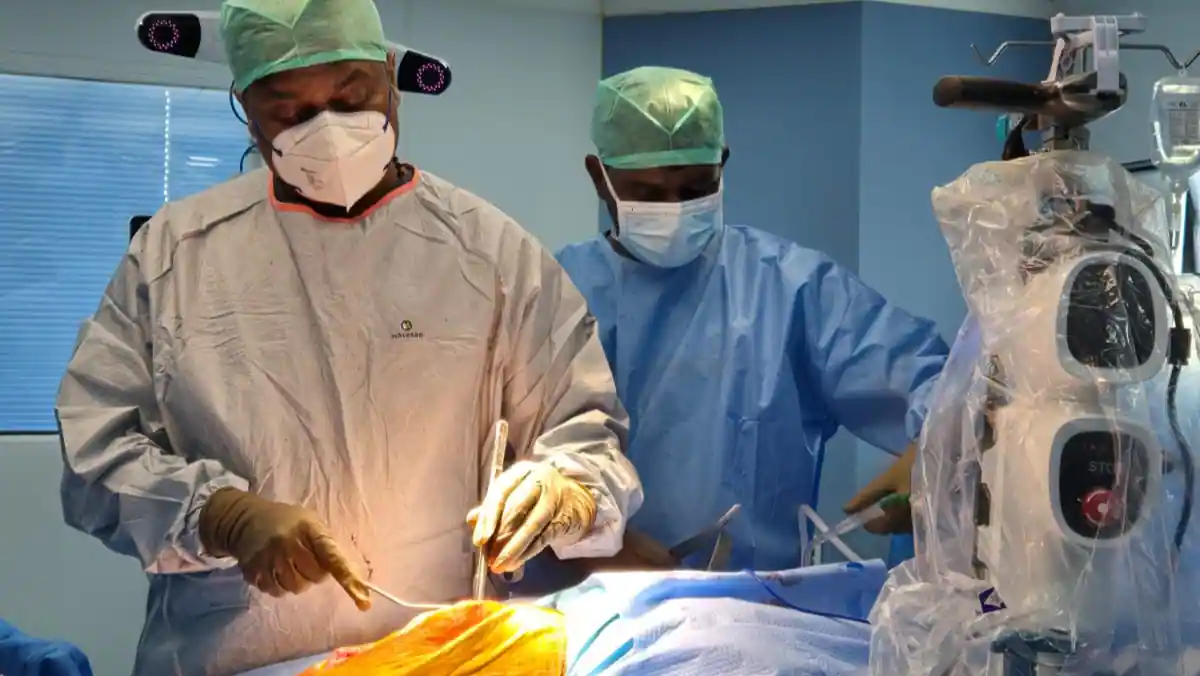Conclusion
Robotic knee replacement in Chennai represents a breakthrough in orthopedic care. It delivers precise implant placement, reduced pain, and faster recovery, giving patients renewed mobility and confidence. With expert surgeons, advanced rehabilitation, and the VELYS Robotic-Assisted Solution, CTS Speciality Hospital ensures world-class results. For those comparing the cost of Robotic knee replacement in Annanagar or looking for the best Robotic knee pain specialist in Chennai, this innovative solution offers unmatched care. Choosing Robotic knee replacement in Chennai means choosing a pain-free, active future.
Read Also : Robotic Assisted TKR in Chennai.

